Fundamental Study of Alloying Complexity Effects on the Irradiation Process in High Entropy Alloys
Principal Investigator
- Name:
- WEIYING CHEN
- Email:
- [email protected]
- Phone:
- (208) 526-6918
Team Members:
| Name: | Institution: | Expertise: | Status: |
|---|---|---|---|
| Bulent Sencer | Idaho National Laboratory | ||
| Kerry Allahar | |||
| Yiren Chen | Argonne National Laboratory | IASCC, mechanical property of irradiated materials | Other |
| Krishnamurti Natesan | Argonne National Laboratory | Corrosion, sodium compatibility of nuclear structural materials | Other |
Experiment Details:
- Experiment Title:
- Fundamental Study of Alloying Complexity Effects on the Irradiation Process in High Entropy Alloys)
- Work Description:
- This work proposes to perform in-situ TEM irradiation experiments in IVEM facility to fundamentally understand the irradiation process in high entropy alloys. A set of FCC model alloys of unary (Ni), binary (NiCo), and ternary (NiCrCo) alloys will be irradiated and their dynamic irradiation process will be observed with in-situ TEM. The irradiation parameters are as follows. Ion source: 1 MeV Kr Dose rate: 6.25×1011 ions-cm-2-s-1 (about 10-3 dpa-s-1) Irradiation temperature: 300C, 500C, 700C Final dose: < 6.25×1017 ions-cm-2 (less than 10 dpa)
Project Summary
High entropy alloys (HEAs) have attracted wide attention for its potential applications in nuclear energy. Containing multicomponents in roughly equimolar ratios, HEAs exhibit unique properties such as high configurational entropy, lattice distortion and sluggish diffusion. These properties have been suggested to make HEAs radiation resistant. Especially, the sluggish diffusion in HEAs was considered as the main mechanism that leads to their lower void swelling as compared with conventional austenitic stainless steels (SS).
In addition, the sluggish diffusion and lattice distortion of HEAs were suggested to suppress the evolution of irradiation-induced dislocation loops by retarding the growth of dislocation loops and by providing abundant recombination sites. Recent work on CrMnFeNi irradiated with Ni ions at 400-700°C to 10 dpa observed significantly smaller dislocation loops (5 nm), as compared with 30-100 nm in 316 SS under equivalent irradiation conditions, which is in support of the above postulate.
However, our ion irradiation experiment showed an opposite result as is described as follows. CoCrMnFeNi, Al0.3CoCrFeNi and 316 SS were irradiated with 1 MeV Kr at 500°C to 1 dpa. Both HEAs had larger dislocation loops (17-25 nm) than 316 SS (10 nm). The contradicting results indicate that the irradiation process in HEAs is still not well understood, and further investigation is needed.
This proposal aims to solve the puzzle of the contradicting observations on the loop size in HEAs and in 316 SS as mentioned above. Ni, NiCo and NiCoCr will be irradiated with 1 MeV Kr at 300°C, 500°C, and 700°C. The density and size of the irradiation-induced dislocation loops will be analyzed, and their dependence on the alloying elements will be studied. In hypothesis, with increasing numbers of alloying elements, the diffusivity decreases, and the size of irradiation-induced dislocation loops should decrease as well. If the above statement is successfully observed in the proposed IVEM experiments, the current conception about the correlation between alloying complexity with the diffusivity and the defect clustering in HEAs is still correct. However, meanwhile, the general belief that the diffusion is more sluggish in HEAs than in 316 SS needs to be re-evaluated.
On the other hand, if opposite trend was observed (i.e. increasing loop size with increasing number of alloying elements), it indicates either that the conception of the sluggish diffusion and the formation of dislocation loops in HEAs should be re-examined, or that there were other factors (e.g. sink density) dominating the process. For the latter, the in-situ observation of IVEM provides useful information about how defect clusters interact with defect sinks such as pre-existing dislocations and grain boundaries in real time.
This proposed work needs nine days to finish the proposed experimental conditions. The materials will be ready for IVEM experiments as soon as the schedule permits after August. This work will enhance the understanding fundamentally on the effect of alloying complexity on the formation of dislocation loops in HEAs, and will provide information for evaluating the potential of HEAs for nuclear applications.
In addition, the sluggish diffusion and lattice distortion of HEAs were suggested to suppress the evolution of irradiation-induced dislocation loops by retarding the growth of dislocation loops and by providing abundant recombination sites. Recent work on CrMnFeNi irradiated with Ni ions at 400-700°C to 10 dpa observed significantly smaller dislocation loops (5 nm), as compared with 30-100 nm in 316 SS under equivalent irradiation conditions, which is in support of the above postulate.
However, our ion irradiation experiment showed an opposite result as is described as follows. CoCrMnFeNi, Al0.3CoCrFeNi and 316 SS were irradiated with 1 MeV Kr at 500°C to 1 dpa. Both HEAs had larger dislocation loops (17-25 nm) than 316 SS (10 nm). The contradicting results indicate that the irradiation process in HEAs is still not well understood, and further investigation is needed.
This proposal aims to solve the puzzle of the contradicting observations on the loop size in HEAs and in 316 SS as mentioned above. Ni, NiCo and NiCoCr will be irradiated with 1 MeV Kr at 300°C, 500°C, and 700°C. The density and size of the irradiation-induced dislocation loops will be analyzed, and their dependence on the alloying elements will be studied. In hypothesis, with increasing numbers of alloying elements, the diffusivity decreases, and the size of irradiation-induced dislocation loops should decrease as well. If the above statement is successfully observed in the proposed IVEM experiments, the current conception about the correlation between alloying complexity with the diffusivity and the defect clustering in HEAs is still correct. However, meanwhile, the general belief that the diffusion is more sluggish in HEAs than in 316 SS needs to be re-evaluated.
On the other hand, if opposite trend was observed (i.e. increasing loop size with increasing number of alloying elements), it indicates either that the conception of the sluggish diffusion and the formation of dislocation loops in HEAs should be re-examined, or that there were other factors (e.g. sink density) dominating the process. For the latter, the in-situ observation of IVEM provides useful information about how defect clusters interact with defect sinks such as pre-existing dislocations and grain boundaries in real time.
This proposed work needs nine days to finish the proposed experimental conditions. The materials will be ready for IVEM experiments as soon as the schedule permits after August. This work will enhance the understanding fundamentally on the effect of alloying complexity on the formation of dislocation loops in HEAs, and will provide information for evaluating the potential of HEAs for nuclear applications.
Relevance
High entropy alloys (HEAs) have attracted great research interests in the field of nuclear materials. HEAs, consisting of five or more elements in near equimolar ratios, have significantly higher configurational entropy than those of conventional alloys, giving rise to their phase stability and reducing the tendency to form detrimental intermetallic phases at high temperature. In addition to the higher configurational entropy, HEAs are known to exhibit a sluggish diffusion and distorted lattice, which can immobilize the irradiation-induced point defects and readily make them recombination centers that reduce the accumulation of irradiation damage. It has been reported that HEAs have suppressed radiation-induced segregation (RIS) and void swelling due to the sluggish kinetics and reduced thermodynamics driving force. Even at low temperature while the importance of configuration entropy decreases, the ultra-fine structure (as a result of sluggish diffusion) of spinodal decomposition, ordering or precipitation would concurrently serve as recombination centers, which provide radiation resistance, and as obstacles to dislocations, which provide strength.
The superior properties of HEAs make them potential cladding materials for use in next-generation nuclear reactors, which are usually designed to operate at higher temperature and with higher irradiation flux than traditional light water reactors. However, the irradiation effects on HEAs have not been well studied, especially for the irradiation hardening and embrittlement due to irradiation-induced dislocation loops. Currently available data on the morphology of dislocation loops in the irradiated HEAs is insufficient and inconsistent, and the information about irradiation embrittlement in HEAs is lacking. This work proposes to perform in-situ observation on the defect clustering in HEAs in IVEM facility with a focus to reveal the correlation between the morphology of irradiation-induced dislocation loops and the number of alloying elements. The successful outcome of this study will provide fundamental understanding about the impact of alloying complexity in HEAs on the evolution of dislocation loops, and provide critical explanation to the previously observed difference in the irradiation microstructure between HEAs and 316 stainless steels.
The information gathered from this study will contribute to form the evidence basis for DOE-NE to determine if HEAs have potential for nuclear applications and if HEAs can outperform current cladding and structural materials in nuclear reactors. This work is aligned with DOE-NE’s (particularly, Office of Advanced Reactor Technologies) objective to advance nuclear energy agenda by searching for advanced materials for next generation nuclear reactors. The superior high temperature property of HEAs can meet the more demanding requirement, and therefore expand the material portfolio for advanced nuclear reactor designs.
The superior properties of HEAs make them potential cladding materials for use in next-generation nuclear reactors, which are usually designed to operate at higher temperature and with higher irradiation flux than traditional light water reactors. However, the irradiation effects on HEAs have not been well studied, especially for the irradiation hardening and embrittlement due to irradiation-induced dislocation loops. Currently available data on the morphology of dislocation loops in the irradiated HEAs is insufficient and inconsistent, and the information about irradiation embrittlement in HEAs is lacking. This work proposes to perform in-situ observation on the defect clustering in HEAs in IVEM facility with a focus to reveal the correlation between the morphology of irradiation-induced dislocation loops and the number of alloying elements. The successful outcome of this study will provide fundamental understanding about the impact of alloying complexity in HEAs on the evolution of dislocation loops, and provide critical explanation to the previously observed difference in the irradiation microstructure between HEAs and 316 stainless steels.
The information gathered from this study will contribute to form the evidence basis for DOE-NE to determine if HEAs have potential for nuclear applications and if HEAs can outperform current cladding and structural materials in nuclear reactors. This work is aligned with DOE-NE’s (particularly, Office of Advanced Reactor Technologies) objective to advance nuclear energy agenda by searching for advanced materials for next generation nuclear reactors. The superior high temperature property of HEAs can meet the more demanding requirement, and therefore expand the material portfolio for advanced nuclear reactor designs.
Conference Publications
"Irradiation Effect in High Entropy Alloys" Weiying Chen, NuMat October 14-18, (2018)
Please wait
About Us
The Nuclear Science User Facilities (NSUF) is the U.S. Department of Energy Office of Nuclear Energy's only designated nuclear energy user facility. Through peer-reviewed proposal processes, the NSUF provides researchers access to neutron, ion, and gamma irradiations, post-irradiation examination and beamline capabilities at Idaho National Laboratory and a diverse mix of university, national laboratory and industry partner institutions.
Privacy and Accessibility · Vulnerability Disclosure Program

